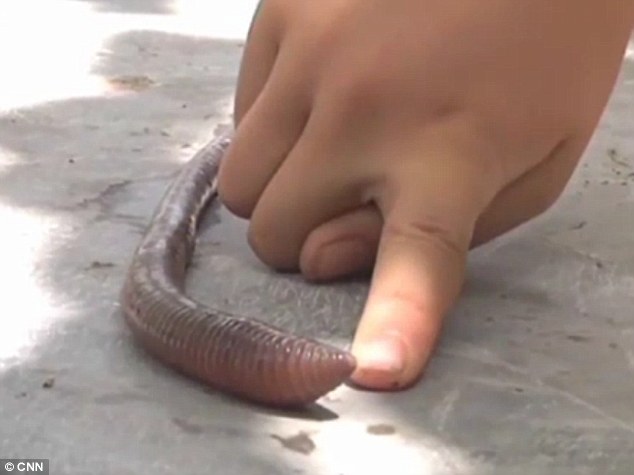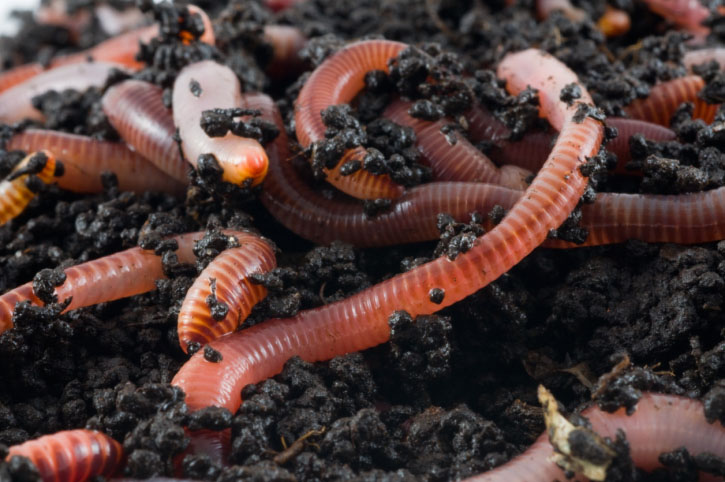Lumbricus terrestris
Welcome to the webpage all about earthworms! There is an array of information ranging from the taxonomy to the reproductive life of this unique organism. How well do you know the earthworm? Find out some introductory knowledge below and continue your way down to the bottom of the page where your journey begins as you travel through the burrows of information.
Lubricus terrestris, commonly known as the earthworm, is a large reddish worm species that is native to Europe (Encyclopedia of Life 2013). Due to human introduction, it is also widely distributed to many other parts of the world (as shown in the figure below) in which it is mainly known as an invasive species because of its characteristic to outcompete with native worms (Animal Diversity Web 2013). Not only is this species a favorite for dissections involved in school biology classes, but as you may already know, this worm is commonly used as bait by fishermen.


This type of earthworm is also one of the more visible, as it has an
unusual habit of fully surfacing (Encyclopedia of Life 2013). For
more information about why L. terrestris surfaces as much
as it does, click
here to be linked to a website made by National Geographic. It
is not the most abundant earthworm, even in its native range, but
because of its visibility, it is the most familiarly known earthworm
around (Encyclopedia of Life 2013). Throughout most of Europe, it is
also the largest species of worm, commonly reaching lengths of
around twenty to twenty-five centimeters (Encyclopedia of Life
2013). However, in September 2012, there was a specimen that
measured nearly fifty centimeters found in Southwest China, which is
pictured above on the right (Encyclopedia of Life 2013). There is an
article about this rare occurance found
here.
If you wish to learn more "introductory" information, especially
more about L. terrestris being one of many invasive species, click
here to link to Global Invasive Species Database.
Ever wonder where the word L. terrestris came from? Learn about it on the Classification page!
Check out where we gathered our information from on our Reference page
____________________________________________________________________________________
To learn about other organisms, head on over to the Multiple Organisms page!
There are a lot of interesting facts you can learn right here on our page, but if you have any further questions you're "digging" to know about, feel free to contact either McKenna Jacobs at jacobs.mcke@uwlax.edu or Nicole Lang at lang.nico@uwlax.edu. This page was created for Organismal Biology - 203 at the University of Wisconsin - La Crosse.
This site was last updated in December of 2013.
